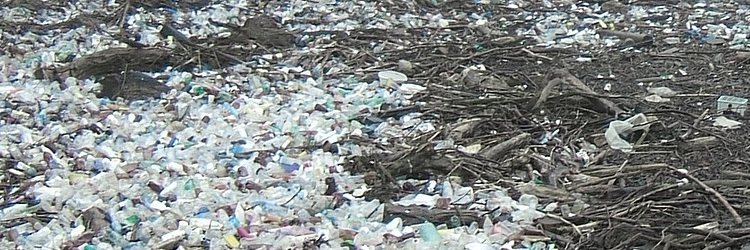DWETS
over 99% of bacteria, viruses & more!
We value your privacy
We use cookies to enhance your browsing experience, serve personalized ads or content, and analyze our traffic. By clicking "Accept All", you consent to our use of cookies.
We use cookies to help you navigate efficiently and perform certain functions. You will find detailed information about all cookies under each consent category below.
The cookies that are categorized as "Necessary" are stored on your browser as they are essential for enabling the basic functionalities of the site. ...
Necessary cookies are required to enable the basic features of this site, such as providing secure log-in or adjusting your consent preferences. These cookies do not store any personally identifiable data.
No cookies to display.
Functional cookies help perform certain functionalities like sharing the content of the website on social media platforms, collecting feedback, and other third-party features.
No cookies to display.
Analytical cookies are used to understand how visitors interact with the website. These cookies help provide information on metrics such as the number of visitors, bounce rate, traffic source, etc.
No cookies to display.
Performance cookies are used to understand and analyze the key performance indexes of the website which helps in delivering a better user experience for the visitors.
No cookies to display.
Advertisement cookies are used to provide visitors with customized advertisements based on the pages you visited previously and to analyze the effectiveness of the ad campaigns.
No cookies to display.



Water contamination can occur to city water supplies, well water supplies, and fresh water sources, such as lakes, streams, and rivers. It is also important to note that nearly all surface water is contaminated with at least one of three types of potentially disease-causing microorganisms: protozoa, bacteria, and viruses.
Although there are many water sources you can drink directly from it is important to understand that you risk ingesting one of these microorganisms. Contaminants can enter water supplies several ways, such as being absorbed into the ground contaminating ground water sources, broken pipes, and excess water run-off during heavy rain periods.
The health effects may or may not present themselves immediately and the overall health, age, and physical condition of the person are factors to be considered.
Some of the more common signs and symptoms someone may experience from drinking contaminated water include, but are not limited to:
It is important to note, just because no signs or symptoms are experienced, does not mean there is no potential for long term effects. long term exposure to some water contaminants has been linked to cancer and heart disease. Other possible contaminates found in water include:



Theme: Illdy. © Copyright Aquafilter 2024. All Rights Reserved.